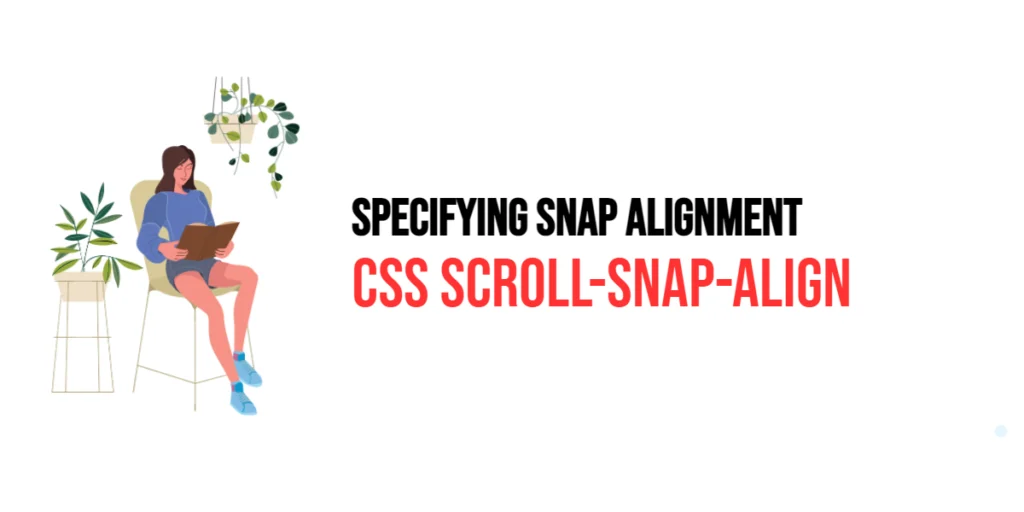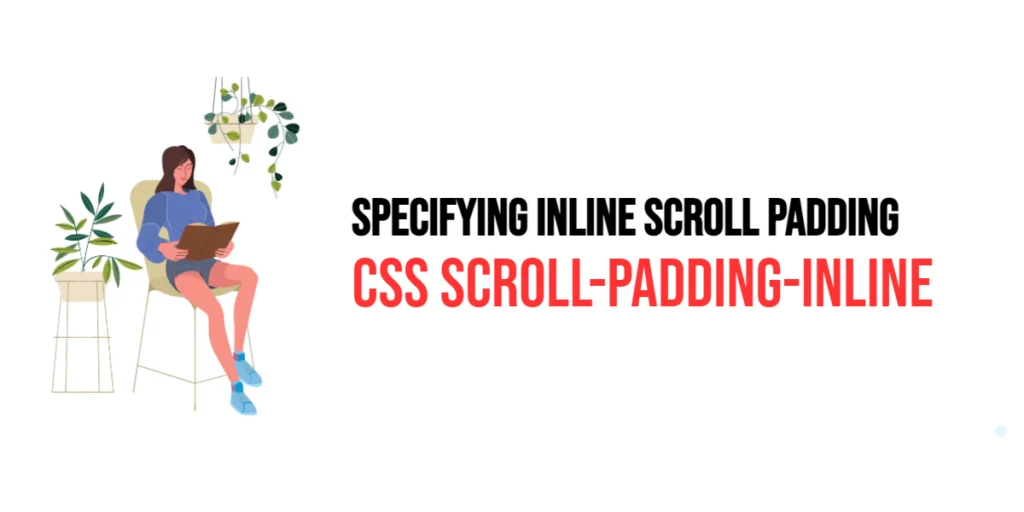CSS: Scroll-Snap-Align – Specifying Snap Alignment
The scroll-snap-align property in CSS is part of the CSS Scroll Snap module, designed to enhance user experience by providing finer control over scrollable areas. This property allows developers to define how a scroll container’s children snap into position along the scroll axes. By using scroll-snap-align, you can ensure that certain elements are perfectly aligned […]
CSS: Scroll-Snap-Align – Specifying Snap Alignment Read More »









